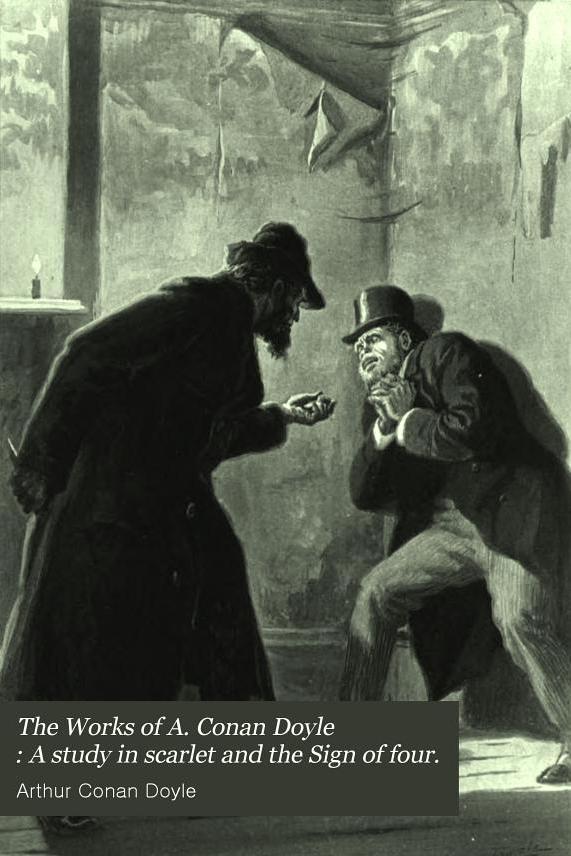 I goofed, by a count of one. I previously said that there were nine (out of sixty) Sherlock Holmes works that were still under copyright. Turns out that there are ten, or 17%. And the Conan Doyle Estate’s efforts to extend the copyright life of the Sherlock Holmes character because a small number of stories are still protected by copyright didn’t work.
I goofed, by a count of one. I previously said that there were nine (out of sixty) Sherlock Holmes works that were still under copyright. Turns out that there are ten, or 17%. And the Conan Doyle Estate’s efforts to extend the copyright life of the Sherlock Holmes character because a small number of stories are still protected by copyright didn’t work.
It’s really not that remarkable a decision. The parties agreed that 50 of the Sherlock Holmes works were published before January 1, 1923 and therefore in the public domain. This left the Doyle Estate having to make a creative argument and, like most creative arguments, it didn’t work.
Conan Doyle proffers a novel legal argument that the characters of Sherlock Holmes and Dr. Watson continued to be developed throughout the copyrighted Ten Stories and therefore remain under copyright protection until the final copyrighted story enters the public domain in 2022….
Conan Doyle argues that the effect of such a holding [that the pre-1923 story elements are free for public use] will be to dismantle Sir Arthur Conan Doyle’s characters into a public domain version and a copyrighted version. This is, however, precisely what prior courts have done. Silverman and Pannonia Farms instruct that characters and story elements first articulated in public domain works are free for public use, with the further delineation of the characters and story elements in protected works retain their protected status. Conan Doyle argues that the precedent exemplified in Silverman should pertain only to two-dimensional, “flat” characters and not to complex, three-dimensional characters such as Sherlock Holmes and Dr. Watson. Conan Doyle fails to offer a bright line rule or workable legal standard for determining when characters are sufficiently developed to warrant copyright protection through an entire series, nor does it provide any case law that supports its position. Conan Doyle’s proposed distinction runs counter to prevailing case law. The effect of adopting Conan Doyle’s position would be to extend impermissibly the copyright of certain character elements of Holmes and Watson beyond their statutory period, contrary to the goals of the Copyright Act.
Thus, the works published before 1923 are in the public domain and anyone is free to copy them; those story elements that are in the post-1923 works are still protected by copyright.
Klinger v. Conan Doyle Estate, Ltd., No. 13 C 1226 (N.D. Ill. Dec. 23, 2013).

The text of this work is licensed under a Creative Commons Attribution-No Derivative Works 3.0 United States License.

Leave a Reply